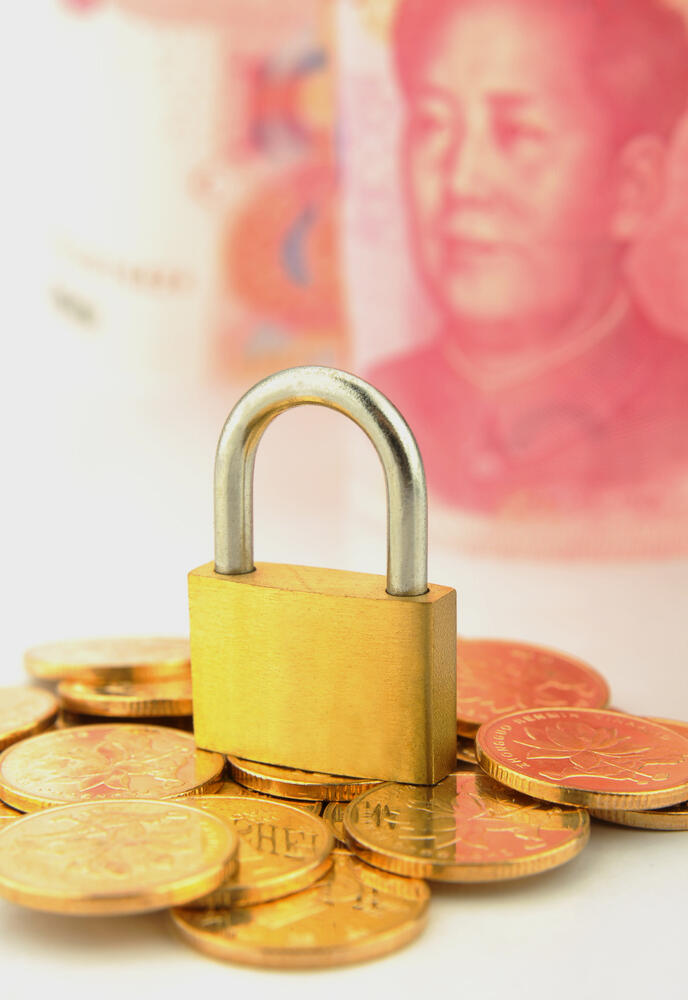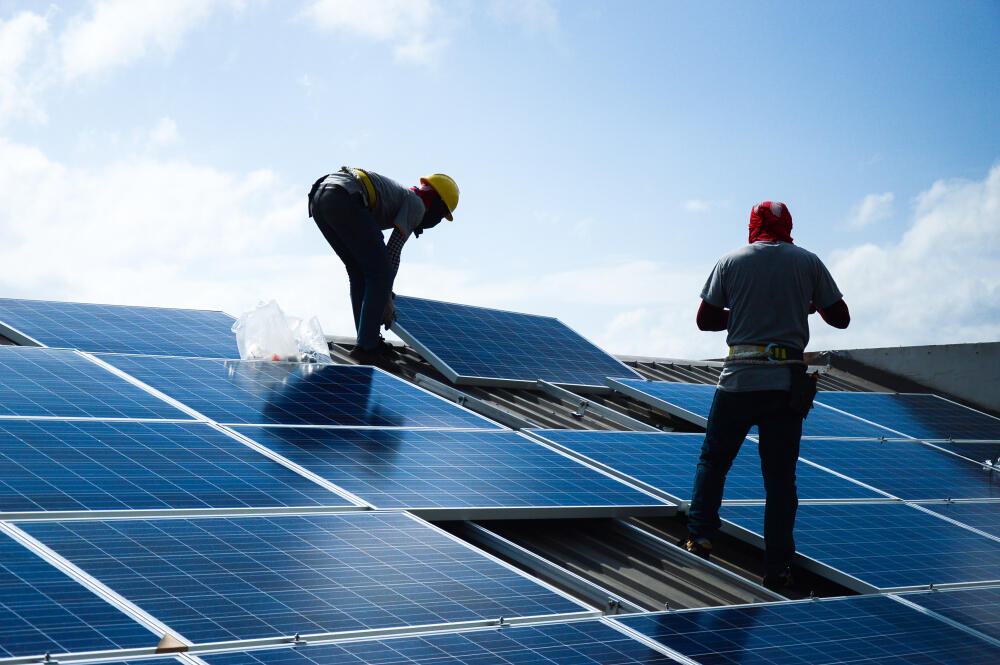Chinese inverters in Western power grids: Strategic risk or excessive panic?
May 25, 2025
The recent discovery of hidden cellular communication components in Chinese-made solar inverters installed in American energy farms raises troubling questions about the balance between national security and economic development. This phenomenon comes as no surprise to those following U.S.-China relations in recent years, but it sharpens a strategic dilemma that few are willing to confront openly.
The case reported last November, when solar inverters in the U.S. were remotely disabled, demonstrates the depth of the problem. Whether it was a deliberate “test run” or a technical malfunction, the practical result is identical: a foreign entity is capable of disrupting critical energy infrastructure at the push of a button. When it comes to the power grid, the consequences could be catastrophic – from paralyzing healthcare systems to shutting down security facilities.
However, addressing this risk is much more complex than simply replacing Chinese equipment with Western alternatives. China has become a superpower in manufacturing components for the renewable energy industry, with price advantages and production capabilities that have no competitors. Chinese companies, led by Huawei, dominate the global market not only through low prices but also through enormous technological investments and years of specialization.
Complete disconnection from Chinese technology would severely impair Western nations’ ability to meet ambitious climate goals. Solar inverters, which constitute a central part of renewable energy systems, would significantly increase in price and slow down the adoption rate of green technologies. Herein lies the bitter irony: attempting to improve security in the short term could undermine efforts to address the climate threat, which itself is a long-term security risk.
But confronting this phenomenon need not be binary. Instead of choosing between the extremes of complete trust in foreign technology or its total rejection, more sophisticated security and defense mechanisms can be developed. A balanced strategy would include several layers:
First, developing independent testing and verification capabilities that can identify suspicious components before installation. Thorough hardware and software testing can reveal “backdoors” and undocumented communication mechanisms.
Second, creating a network architecture based on the principle of isolation and separation. Even if a particular component is compromised, a well-distributed electrical system can prevent systemic collapse and limit damage to isolated areas.
Third, developing local manufacturing capabilities for critical components. While it is unlikely that Western countries can compete with China across the entire production chain, they can certainly invest in developing independence in strategic segments.
Get the Ynetnews app on your smartphone: Google Play: https://bit.ly/4eJ37pE | Apple App Store: https://bit.ly/3ZL7iNv
Germany’s experience provides interesting insights in this context. Solar energy company 1Komma5 deliberately avoids using Huawei inverters, despite the higher cost of alternatives. This decision reflects an understanding that long-term security is worth a certain economic premium.
It’s important to note that dependence on Chinese technology is not a problem unique to the U.S. Europe, which leads the transition to renewable energy, is even more exposed. Britain has already begun a comprehensive review of Chinese technology in its energy infrastructure, a sign that awareness of the risk is growing.
The real challenge is not just technical, but also political. Public discourse focusing on the “Chinese threat” tends to drift into populist rhetoric and sometimes misses the complexity of the problem. On one hand, dependence on China does create a real strategic risk. On the other hand, a complete disconnect from the Chinese market would exact a heavy economic and environmental price.
What is needed is a sober approach based on more sophisticated risk management. Western countries need to develop standards and guidelines that require transparency and verification of critical components, regardless of their country of origin. At the same time, they should accelerate investments in security technologies that can address potential threats.
The issue of Chinese solar inverters is just a small part of a larger mosaic of technological and geopolitical competition. How we deal with this challenge will affect not only the security of energy infrastructure but also our ability to balance national security considerations with economic and environmental needs. The right path is not a dichotomous choice between dangerous dependence and expensive isolationism, but finding a middle path that combines strategic independence with supervised global cooperation.
-
Aviv Hooker is a co-founder of Faddom, which manages a platform for mapping and documenting computing infrastructure.
Search
RECENT PRESS RELEASES
Related Post







